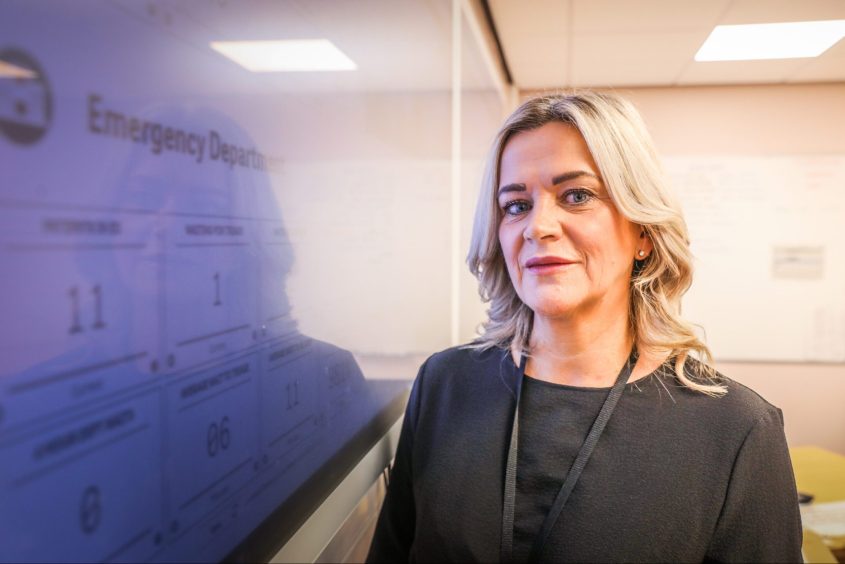
Ninewells respiratory consultant Dr Will Anderson has no time for the “doomsayers” this winter.
“It is busy and it can be bad – I’m not going to sugar-coat it,” he tells me.
“But I think we do as much as we reasonably can to try and predict and plan ahead.
“All of the systems we have in place really help with that.”
Dr Anderson has been a consultant at Ninewells since 2012.
I met him inside the hospital to learn more about how the Ninewells team are gearing up to deal with the winter spike in admissions.
Last year was particularly tough, but the season is always a challenge.
Last January NHS Tayside had the best A&E waiting time figures in mainland Scotland. Then 94.7% of patients were seen within the recommended four hour window.
Although that achievement came after a difficult December where that figure slipped to only 79.5%. The NHS Tayside team have since maintained performance above the 90% marker, according to our A&E waiting times tracker.
Although still below target, the NHS Tayside performance compares favourably to other health boards. NHS Lanarkshire dropped as low as 45% in December last year.
“I think we’re as well prepared as we’ve been for some time,” Dr Anderson tells me confidently.
“In my opinion, I think we are much more ahead of the game in terms of winter preparation.”
‘Covid hasn’t gone away’
Dr Anderson says the public has a part to play in supporting local healthcare services this winter.
He says spikes in hospital activity over the winter period which put extra pressure on services are largely due to an increase in viral illnesses like flu, Covid and RSV.
But, he adds, if people can get vaccinated, this reduces the impact.
“Leading up to winter, I am really keen that as many people who are eligible for vaccinations get them,” he explains.
“By having the vaccination, people can have a milder illness and stay at home. It can also reduce the spread of the virus.”
Dr Anderson reminds us that Covid is still an issue, particularly for the elderly who are affected by it more than the other age groups.
“Covid hasn’t gone away,” he explains. “It just adds another layer on top of the viruses which are already around.”
‘No ambulances queuing outside Ninewells’
Dr Monica Doyle is NHS Tayside’s clinical director for unscheduled medicine. She says there is a well-managed system in place for treating patients who are brought into Ninewells Hospital by ambulance.
“We pride ourselves on the fact that we don’t ever have ambulances queuing outside Ninewells Hospital,” Dr Doyle says.
“I was astounded at seeing this happening in other health board areas and on news reports on television.
“But it’s not something we ever have here at Ninewells.
“We always offload patients out of ambulances into the emergency department.
“And within that department, the area is streamed so we have specific areas for minor injuries, major injuries and resus (where patients are taken if they need life-saving treatment).”
“Ambulances will usually send us a pre-alert if they are bringing someone into the emergency department who needs resus, so we are able to plan for that.
“It is well managed in terms of how we manage the flow of patients through A&E.”
How do the Ninewells team manage the flow of new patients?
The flow navigation centre at Ninewells Hospital is essentially a place for patients to be clinically assessed before they arrive at A&E.
GPs, paramedics and staff at NHS 24 and minor injury units can call this centre to find out if their patient needs to go to A&E for treatment.
The centre is also able to give video and phone consultations directly to patients to assess them in advance.
Around 40,000 calls are being made to the centre every year.
And last year 35% were sent elsewhere, freeing up much-needed space at the emergency department.
Why are so many people turning up at A&E?
One of the issues facing A&E departments – which can add to pressures over winter – is people making unnecessary trips to hospital.
Sometimes people go directly to an emergency department to seek help for non-urgent or non-life threatening conditions.
Dr Jamie Morrison is a consultant in emergency medicine.
He believes one reason for this is because many patients might be finding it challenging to navigate what is an “increasingly complex” healthcare system.
Others may suggest it’s the difficulty many still have with securing a GP appointment in the first place.
“Often finding the right point of access is what some patients find difficult,” Jamie explains.
“We appreciate that sometimes some people might have issues in accessing their GP but they are often best placed to deal with more chronic health problems than we are.”
He says too many people still attend A&E with non-life threatening injuries, even after speaking to NHS 24.
These can often be scheduled to the next morning or to another time when the department isn’t as busy.
Inside the Ninewells winter command centre
Sharing a name with the Greek goddess of wisdom (and war), the Athena Command Centre helps staff to predict and plan the way patients are moved about the various parts of the giant hospital.
This facility is key to the hospital’s winter preparations.
The centre uses data to predict what the working day could look like for the number of patients who may need treatment as well as the number of health professionals, and equipment, available to treat them.
On my arrival at Ninewells Hospital I was taken to the “safety and flow hub” where I was shown how the command centre operates.
In front of me where three large screens where you could easily see the data and straight away you can tell if the hospital is busy or having a quieter spell.
Figures show how many patients are waiting to be seen and how many are waiting on a diagnosis.
Jo Cowburgh, associate director of hospital services (PRI) and medicine division, explained they can also track how many ambulances are due to arrive at the hospital.
“The data tells us that we can expect three ambulances in the next hour,” she says, pointing to the screen.
“We have one that has arrived in the last 60 minutes.
“And at the moment our average handover time is 11 minutes.”
The system also allows the team to see where blockages might occur.
“At a glance, I can have a sense of what is happening in the hospital and what our day is going to be like.
“We can then go and investigate to see what we could do as a team to help support the flow of patients.”
There is also a separate team which looks at discharges.
They ensure care packages and support is in place for when a patient is ready to leave hospital.
“We know we are going to be busy over the winter so we need to just plan that little bit earlier.
“This year I think we are in a really good place.”
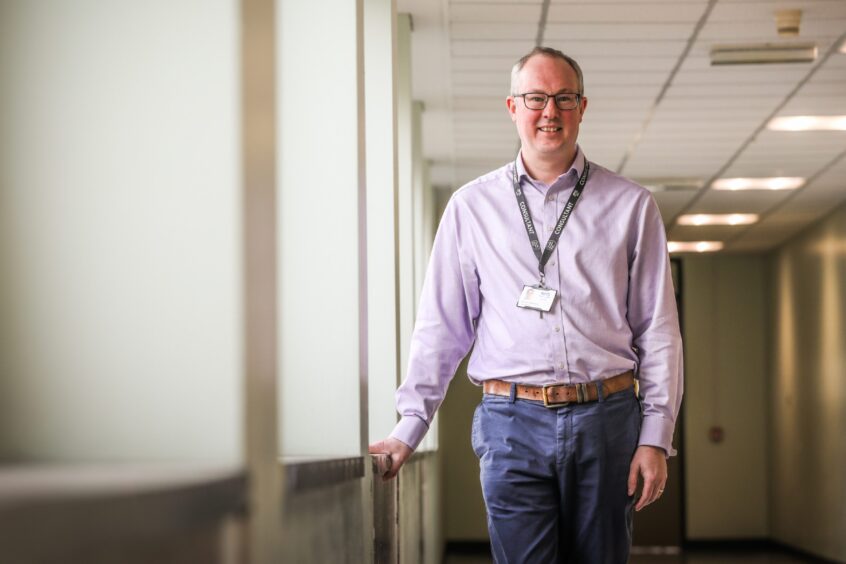
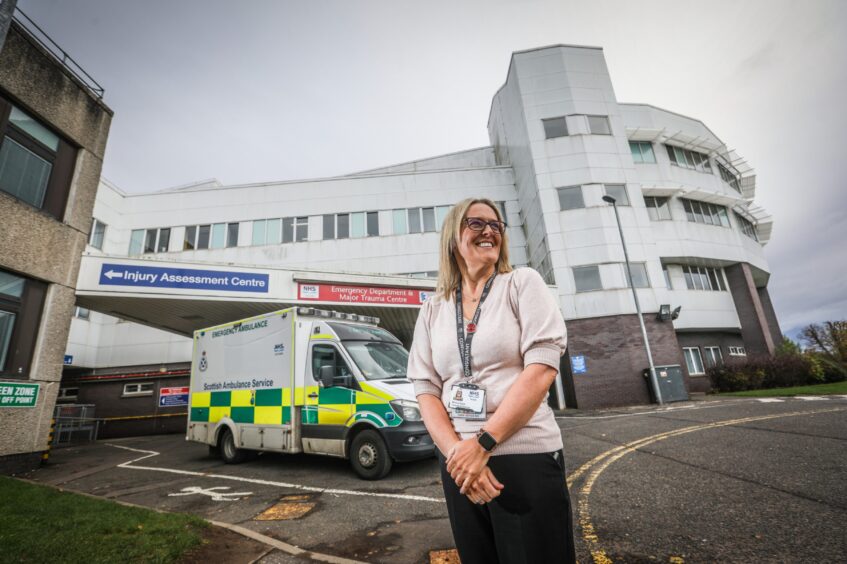
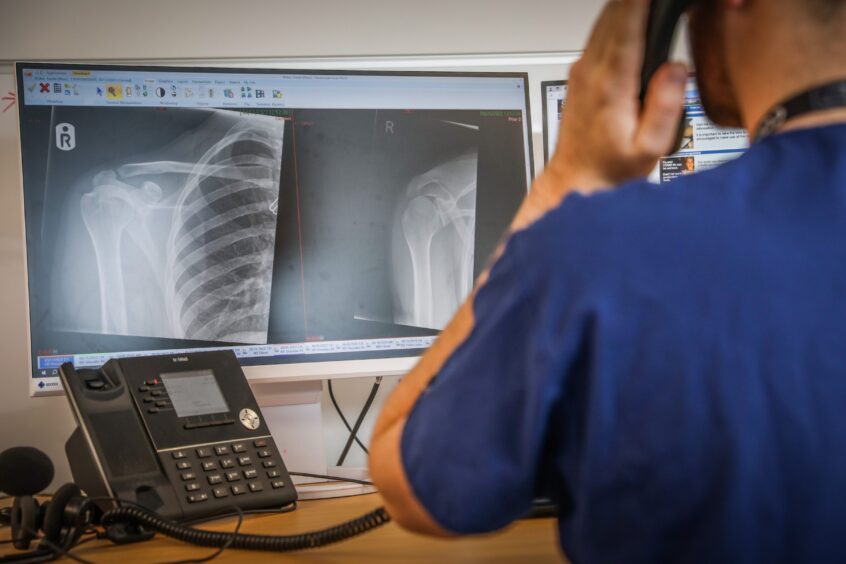
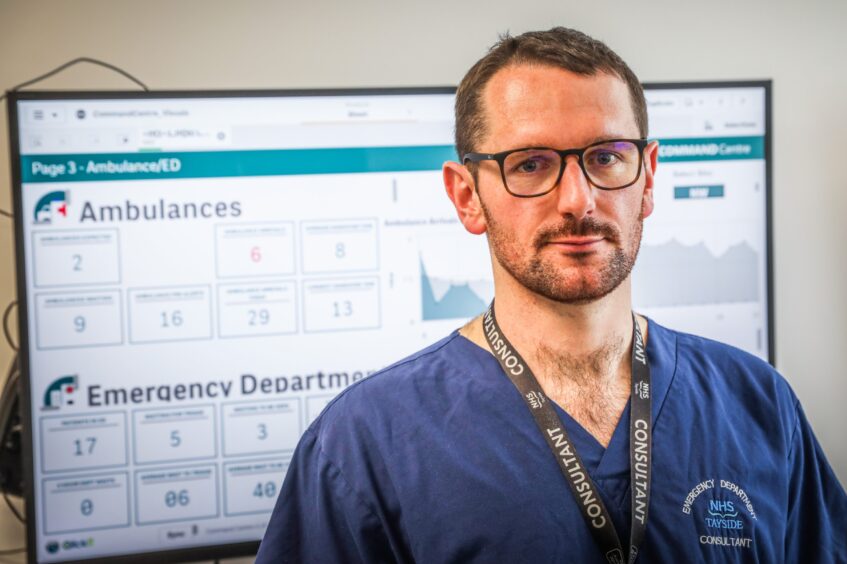
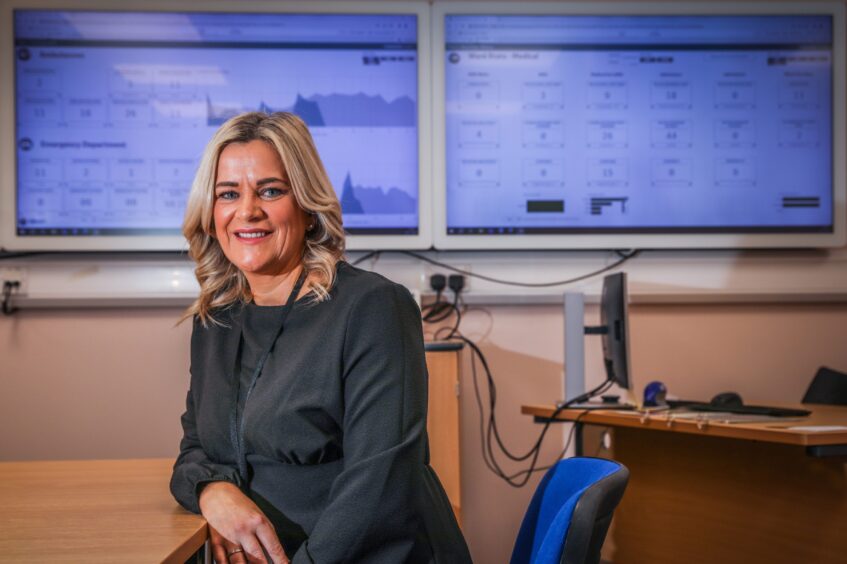

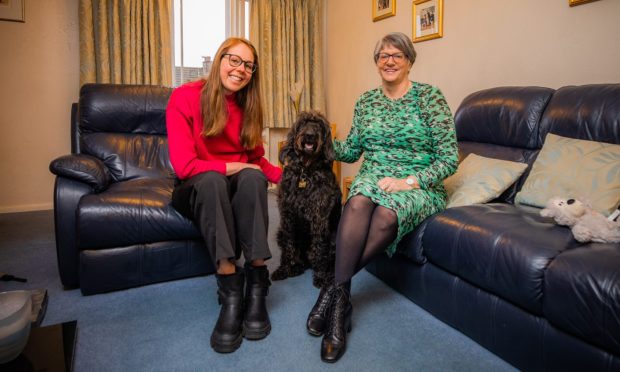
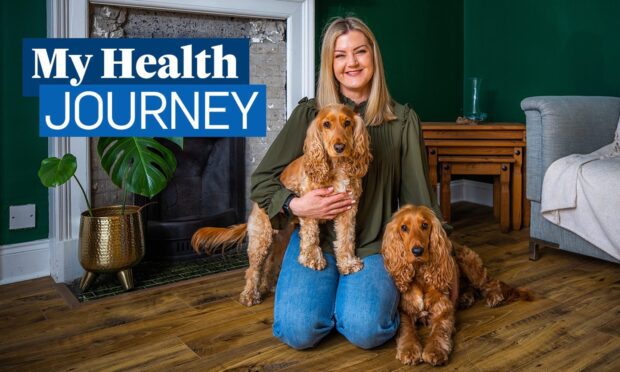
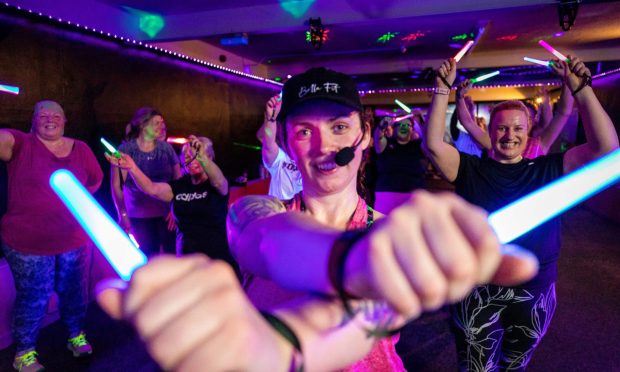
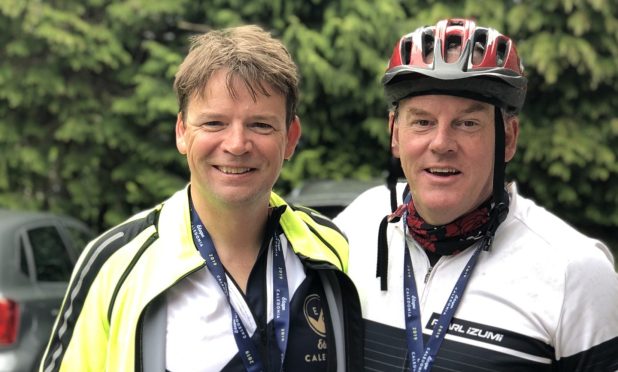
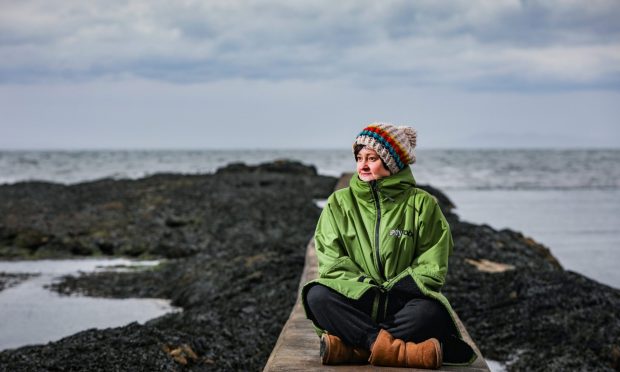
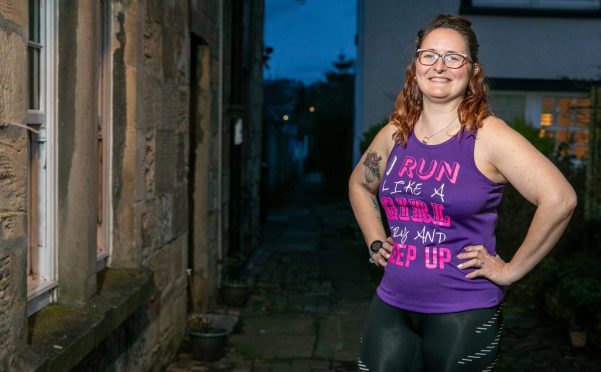
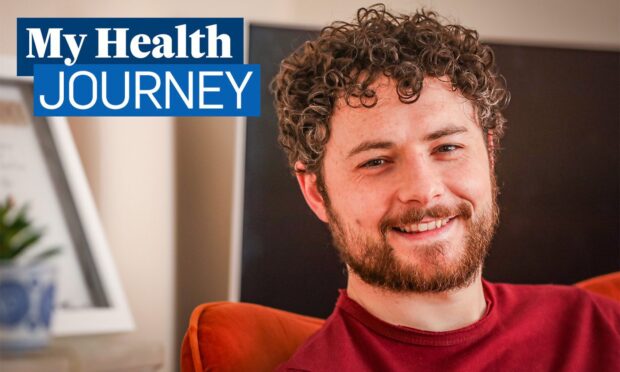
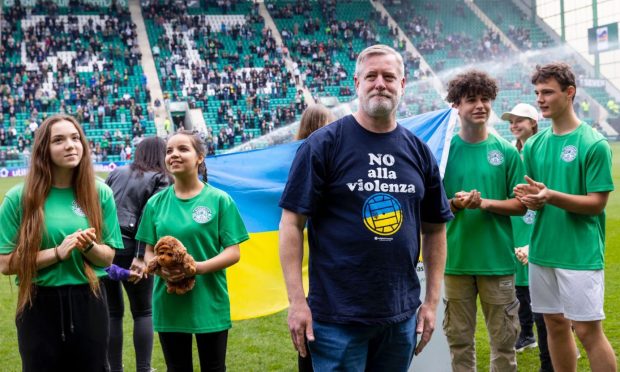

Conversation